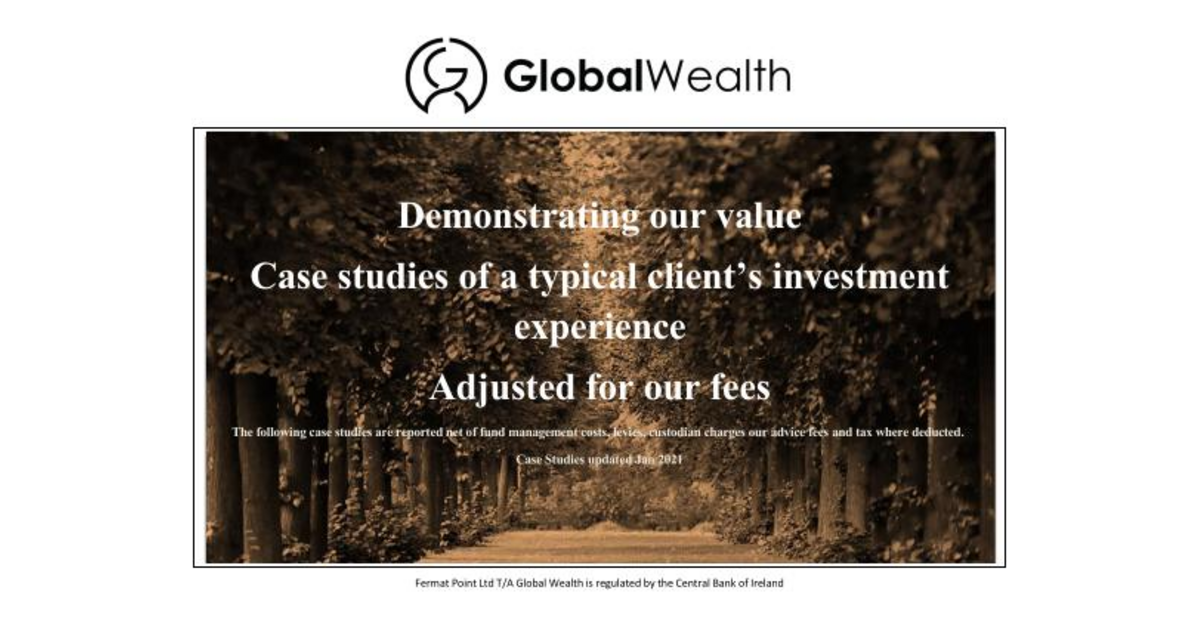Sequence risk seems to be mostly problematic with falls in asset values occur at the start of drawdown.
If you retire into growth years, assuming you are spending less than observed growth your fund builds up a buffer, which protects against later falls.
Keeping this in mind things I have considered to protect against selling, especially during falls in the first 5 years.
Create a 'temporary' cash/bond buffer to cover some of the initial years spending. Spend that first. If times are good rest of fund grows. If times are bad you are not selling your falling equity (which increases bomb out risk/reduced future income). You do give up the expected equity returns of this buffer during the temporary period though.
Have another income source e.g. annuity, rent, job, state pension. We all need some minimal spending to not starve. The more of that which comes from another source, the more we can choose not to drawdown during falling markets. I think I include dividends here from shares that I would never sell, but I don't think either of ye clearly proved that. It's probably worth it's own thread.
Reduce lifestyle/withdraw less
@SPC100 has this about 100% accurate
there is cash drag from keeping a cash buffer so you are generally better off with short term fixed income.
Research by Eugene Fama at the University of Chicago and other respected academicians has shown that longer-term bonds historically have had wide variances in their rates of total return without sufficiently compensating investors with higher expected returns.[1] In terms of variability of total return, long-term bonds look more like stocks than shorter-term fixed-income vehicles such as Treasury bills.
In a PENSION you need a reliable short-term liquidity fund which provides a positive correlation with inflation and a premium over an equivalent cash deposit

In the more recent past this still works perfectly well

Picking up a nice consistent premium over cash and a hedge against inflation but without going nuts with risk, which is the primary objective

[1] For example, see Edward L. Martin, “Intermediate-Term Bonds,” AAII Journal, January 1991, pp. 13-16.
The only tweaks that improve portfolio survival are to rebalance every time you withdraw as that captures any mean reversion in asset classes.
there is also a tax optimisation aspect which is peculiar to the Irish tax code and counterintuitive but otherwise a near perfect answer.
it’s all in here

Last edited: